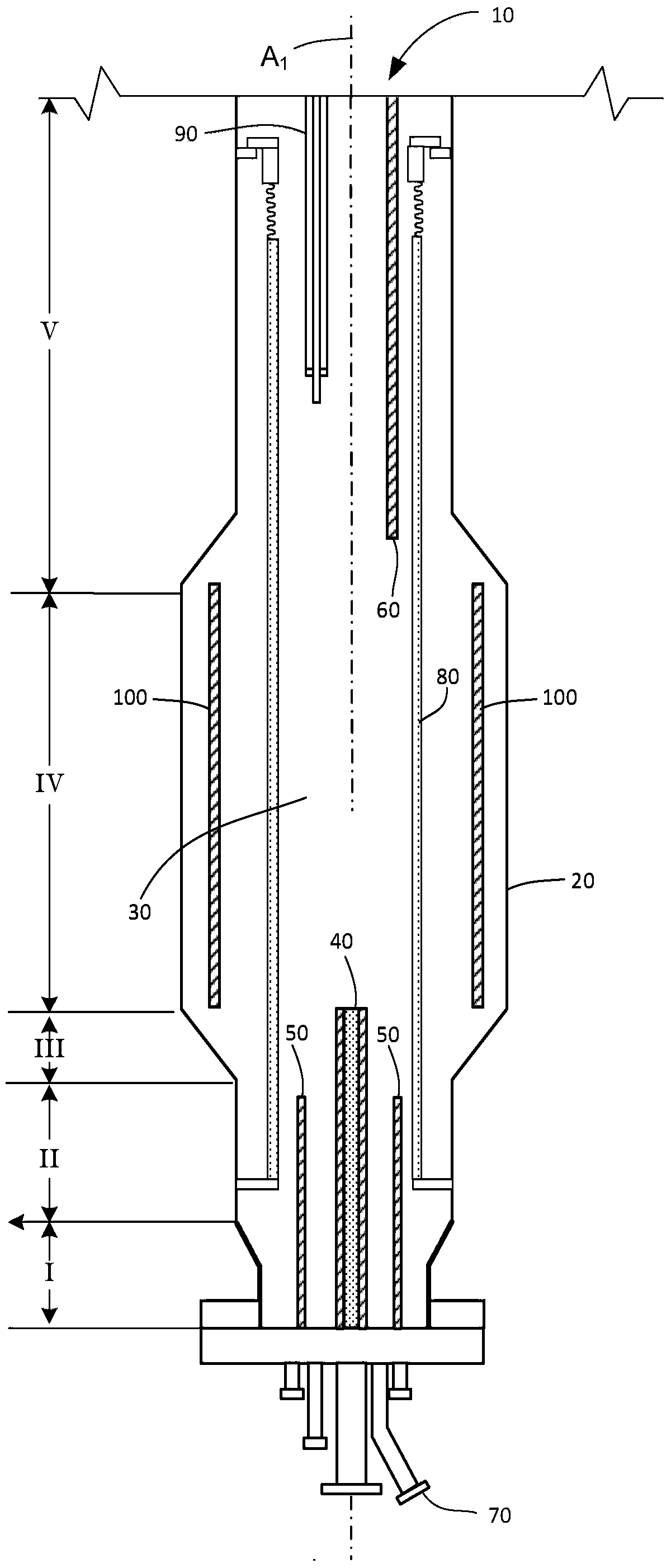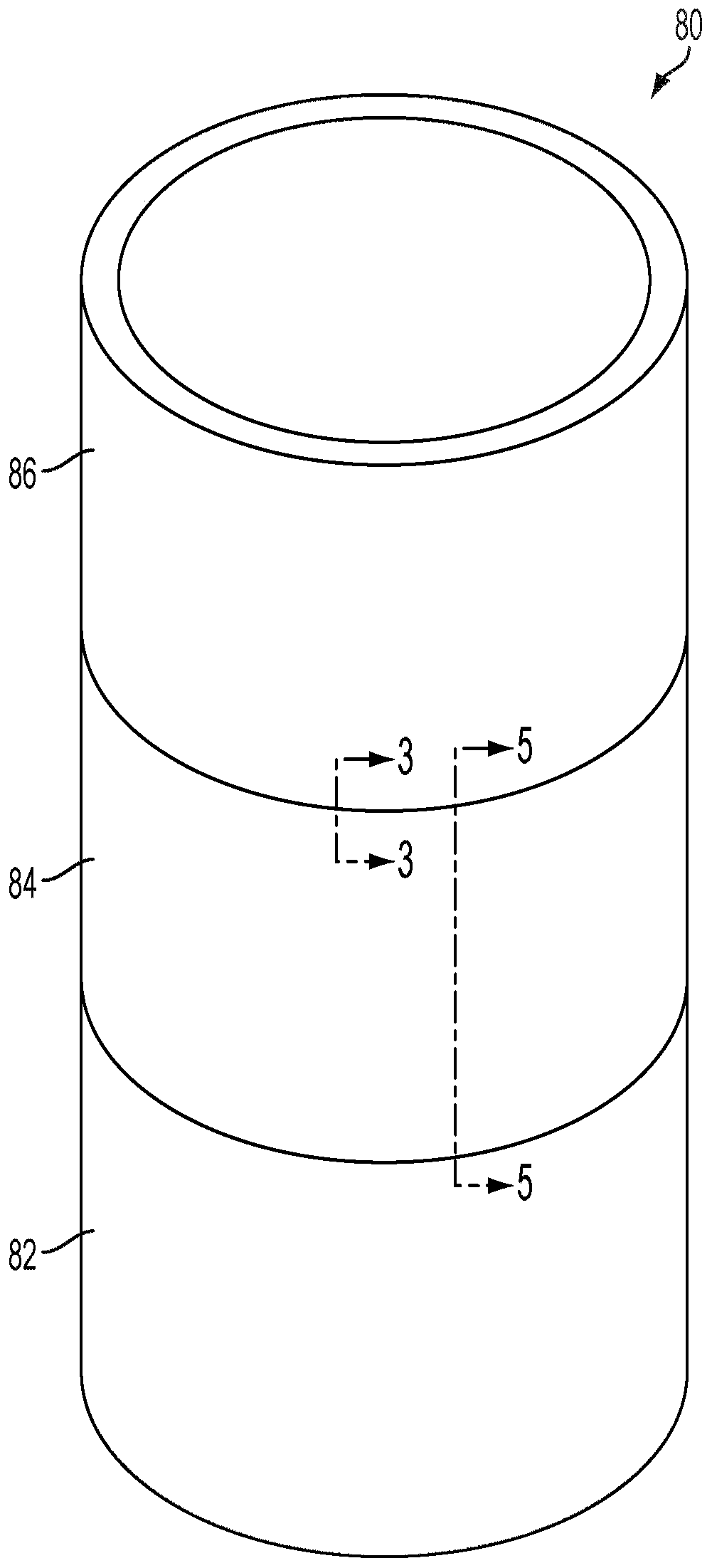Joint Design of Segmented Silicon Carbide Lining in Fluidized Bed Reactor
A fluidized bed reactor, silicon carbide technology, used in silicon compounds, chemical instruments and methods, chemical/physical/physical-chemical processes, etc., can solve problems such as material pollution
- Summary
- Abstract
- Description
- Claims
- Application Information
AI Technical Summary
Problems solved by technology
Method used
Image
Examples
Embodiment 1
[0122] Evaluation of Adhesive Materials
[0123] Bonding materials based on potassium and lithium silicates are commercially available, such as Ceramabond 890-K and 890-L, where K and L refer to potassium and lithium, respectively (Aremco Products, Inc., Valley Cottage, NY) . Both bonding materials include fine silicon carbide particles as filler and aluminosilicate as thickener. Adhesive materials are available as pre-mixed slurries.
[0124] Mix each bonding material well before use by shaking for 5 minutes or stirring with a mechanical stirrer. Clean the surface of the silicon carbide joint with a metal brush and wipe it with a clean cloth. Use a spatula to apply the bonding material to the mating pin and box (ie tongue and groove joint). Wipe off excess adhesive material. Typically, 3 pairs of silicon carbide segments (5-8 cm long) were tested per set of conditions to ensure repeatability. Press and clamp the male and female fittings together. The clamped joints wer...
PUM
 Login to View More
Login to View More Abstract
Description
Claims
Application Information
 Login to View More
Login to View More - R&D
- Intellectual Property
- Life Sciences
- Materials
- Tech Scout
- Unparalleled Data Quality
- Higher Quality Content
- 60% Fewer Hallucinations
Browse by: Latest US Patents, China's latest patents, Technical Efficacy Thesaurus, Application Domain, Technology Topic, Popular Technical Reports.
© 2025 PatSnap. All rights reserved.Legal|Privacy policy|Modern Slavery Act Transparency Statement|Sitemap|About US| Contact US: help@patsnap.com



